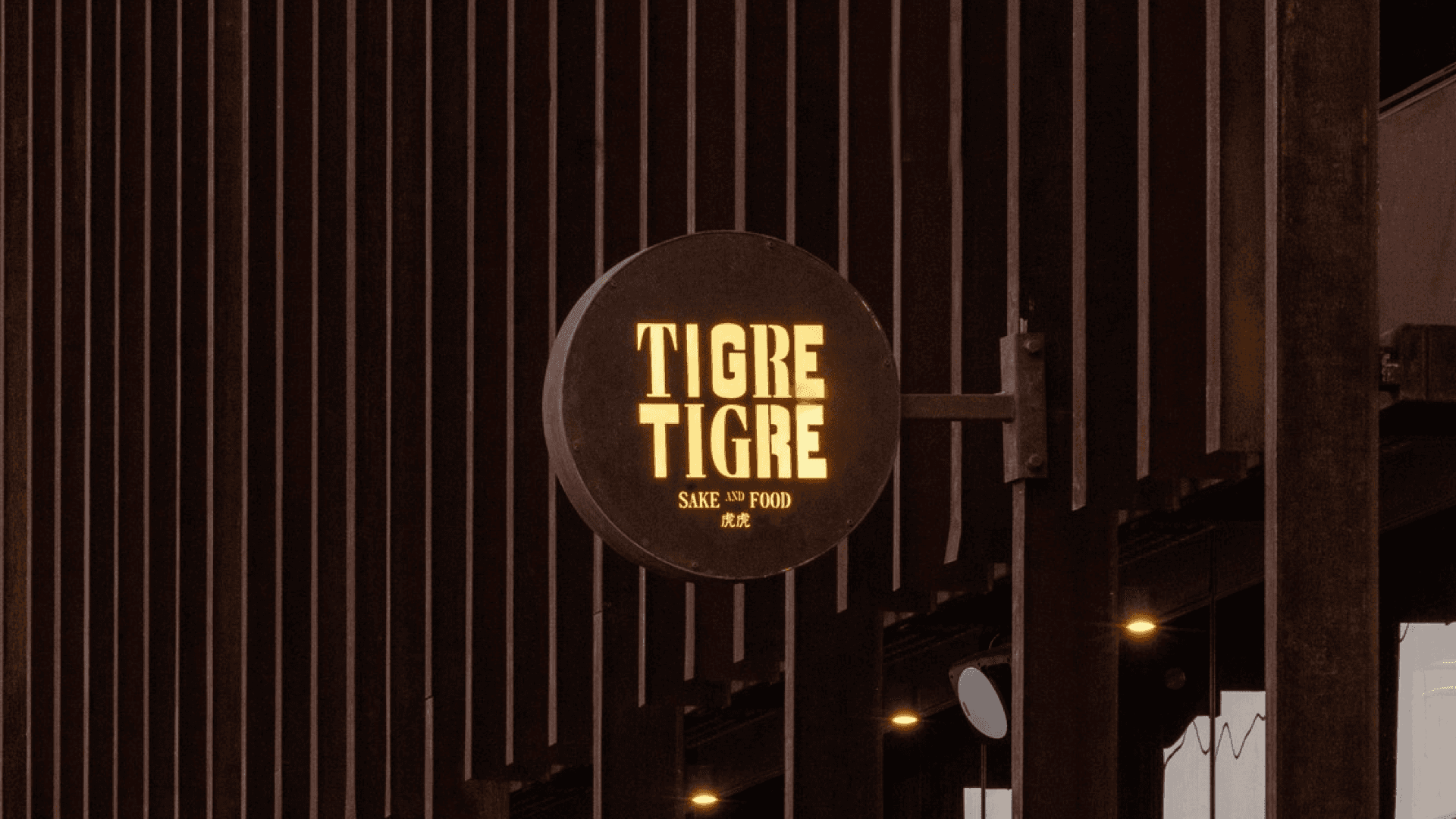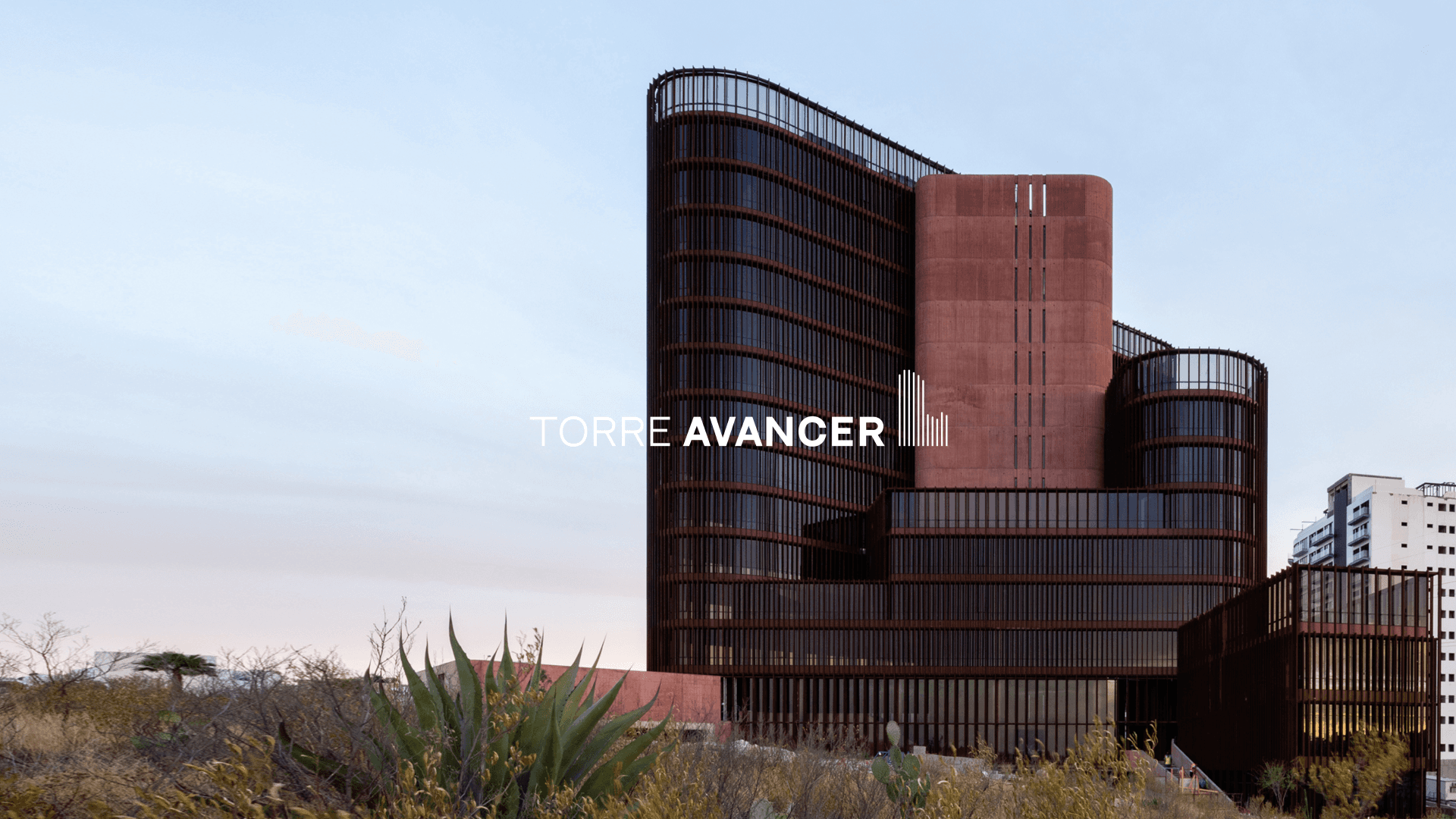Advantages of Responsive Web Design: Better UX Across Devices
Keeping a responsive website well-maintained and updated is crucial for optimal performance
In today's digital landscape, ensuring your website delivers an exceptional user experience across all devices has never been more crucial. One of the primary advantages of responsive web design is that it optimizes user experience by adapting seamlessly to various screen sizes, particularly on mobile devices. This approach not only enhances accessibility but also boosts engagement, making it essential for businesses looking to connect with their audience effectively.
Responsive web design is an investment in your brand's future. By improving your site’s usability on mobile devices, you increase your chances of retaining visitors and reducing bounce rates. This adaptability can also elevate your search engine rankings, as search engines favor websites that offer a smooth browsing experience for users, regardless of the device they use.
At Atla*, we understand the importance of melding creativity with strategy in your branding efforts. Our team excels at creating responsive web designs that not only capture your brand’s essence but also foster lasting connections with your audience. When your website is user-friendly and responsive, it reflects the values of your brand and strengthens your market position.
Fundamentals of Responsive Web Design
Responsive web design (RWD) is essential for creating websites that provide an optimal viewing experience across a variety of devices. Key elements include fluid grids, media queries, flexible images, and defined breakpoints that work together to deliver a seamless user experience.
Building Blocks of RWD
At the core of responsive web design are the building blocks that allow your website to adapt to different screen sizes and orientations. Fluid grids lay the foundation by utilizing percentage-based widths instead of fixed measurements. This means that containers adjust in size relative to the viewport.
You can also use breakpoints, which are specific points in the CSS where the layout changes. Properly implementing breakpoints ensures your content displays effectively on devices, from smartphones to large monitors. By incorporating these elements, your website becomes inherently more flexible and user-friendly.
The Role of Media Queries
Media queries are a crucial aspect of responsive design. They provide the toolset to apply different styles based on device characteristics like width, height, and orientation.
Using CSS, media queries allow you to define specific styles when certain conditions are met. For instance, you can change the layout of a webpage for devices narrower than 768 pixels. This targeted approach ensures that your design remains consistent while optimizing user interaction.
To utilize media queries effectively, identify breakpoints within your design. By strategically placing these queries, you enhance the visual quality of your site across devices.
Understanding Fluid Grids
Fluid grids represent a method of layout design that enables flexible resizing of web page elements. Instead of using fixed pixel dimensions, a fluid grid system employs relative units like percentages.
This approach allows columns and areas of your website to scale seamlessly. As the viewport changes, content reorganizes itself without compromising usability.
Establishing a fluid grid requires careful planning of your layout dimensions. You should clearly define widths in percentages to ensure responsive behavior. This practice is vital for maintaining aesthetic integrity.
Implementing Flexible Images
Flexible images are another essential component of responsive web design. These images adjust according to the size of their containing elements, preventing distortion or misalignment.
To implement flexible images, use CSS properties like max-width: 100%. This ensures images scale accordingly without exceeding their container's width.
Additionally, consider using various image formats or resolutions for different devices. Techniques like the <picture> element can help deliver the best image versions based on device capabilities. By optimizing image delivery, your site enhances speed and user experience.
Atla* specializes in crafting comprehensive branding strategies that encompass all aspects of responsive web design. By understanding consumer behaviors and market trends, we help build brands that resonate with their audiences. Our holistic approach to design ensures that your responsive website reflects your brand's essence.
Enhancing User Experience
A well-executed responsive web design significantly enhances user experience by ensuring seamless interactions across devices. By maintaining consistent user interactions and employing responsive images, you can engage users effectively. Furthermore, adopting a mobile-first approach forms the foundation of modern web practices.
Consistent User Interactions
Responsive web design prioritizes consistent user interactions, which is crucial for enhancing your website's usability. When users switch between devices, they expect the same functionalities and layout. This familiarity improves user confidence and satisfaction.
Incorporating intuitive navigation, recognizable icons, and standardized button placements ensures that users can seamlessly transition from one device to another. Such consistency encourages user engagement, reducing frustration and dropout rates.
Responsive Images and Interactivity
Responsive images play a pivotal role in enhancing user experience. By adapting image sizes based on screen dimensions, you ensure that visuals maintain their quality and impact. This prevents slow load times and ensures fast, smooth interactions.
Interactive elements should also adjust responsively. Buttons, forms, and links should remain accessible regardless of the device. Implementing these features allows users to interact with your site smoothly, fostering a more engaging experience that encourages repeated visits.
Mobile-first Approach
A mobile-first approach is essential in today’s digital landscape where most users are accessing content on their smartphones. By designing your website with mobile users in mind from the start, you build a site that prioritizes performance and accessibility.
This strategy minimizes oversized elements and excessive scrolling, creating a user-friendly interface. As users navigate through your site, they'll appreciate the mobile-friendly features, which promotes longer session times and higher engagement.
Atla* understands that enhancing user experience is central to effective web design. Our approach blends creativity with strategy, ensuring that your website captures your brand's essence while maximizing user satisfaction. We build attractive, user-friendly websites using responsive design techniques that enhance every user's journey.
Impacting SEO and Conversion Rates
Responsive web design (RWD) plays a crucial role in enhancing your website’s SEO and conversion rates. By ensuring your site is mobile-friendly and easily navigable, you can improve user experience, reduce bounce rates, and increase the likelihood of visitor engagement.
SEO Benefits of RWD
Implementing RWD optimizes your site for mobile traffic, which is increasingly significant in today’s digital landscape. Search engines like Google favor mobile-optimized websites, contributing to higher search engine rankings. This means that a responsive design reduces the risk of duplicate content issues, as a single URL serves all devices, allowingGoogle to index your site more efficiently.
Utilizing effective SEO strategies within a responsive framework enhances your visibility. Metrics such as lower bounce rates and longer session durations signal to search engines that your content is valuable, which can further improve your search rankings.
Conversion Optimization
Responsive web design directly influences your conversion rates. When users encounter a website that adjusts seamlessly to their device, they are more likely to stay and engage with the content. This improved user experience can lead to higher conversion rates as visitors are prompted to take desired actions like signing up or making a purchase.
According to studies, websites with responsive design see significantly improved user satisfaction, which translates into more repeat visitors. A clear call-to-action that adapts well on all devices keeps your customers engaged, making them more likely to convert.
Analytics and Reporting
Tracking performance is vital for optimizing your website. Google Analytics provides insights into how responsive design impacts user behavior. You can monitor important metrics like bounce rates, page views, and conversion rates segmented by device type.
This data helps you identify trends in mobile traffic versus desktop traffic, allowing you to make informed decisions about your website design and content. Understanding user interactions aids in refining your approach, driving your brand’s continuous growth.
Choosing Atla for your branding and web design needs means having access to a team that combines creativity and strategy. By crafting brands that resonate through effective design and user experience, Atla is positioned to help you succeed in a competitive market.
Performance and Loading Speed
Effective responsive web design significantly impacts performance and loading speed. Prioritizing these elements ensures users experience fast and efficient access to your content, which can lead to improved engagement and lower bounce rates.
Optimizing for Faster Loading Time
To achieve faster loading times, start by reducing file sizes for images and media. Optimizing these elements ensures that they load quickly without compromising quality. You can also leverage browser caching, which stores certain elements locally for repeated visits.
Minimizing HTTP requests by combining files or using CSS sprites can further enhance loading speed. Using a Content Delivery Network (CDN) can distribute your content closer to users, reducing the time required for data to travel across the network. Implementing lazy loading for images only loads them when visible in the viewport, thus improving efficiency.
Responsive Design and Site Speed
Responsive design directly contributes to site speed across devices. Websites built with responsive principles automatically adjust to different screen sizes, eliminating the need for multiple versions of a site. This streamlining reduces loading time because the server delivers one optimized version.
Faster page loading speeds create better user experiences, leading to higher conversion rates. As users are increasingly on mobile devices, ensuring your site performs well under different conditions is essential. A well-optimized, responsive design enhances website performance, ensuring that visitors stay engaged. Choosing a partner like Atla* for your web design needs can help you achieve these performance goals. Their expertise in creating user-friendly websites ensures that your site reflects your brand's essence while maintaining high efficiency.
Maintaining and Updating Responsive Sites
Keeping a responsive website well-maintained and updated is crucial for optimal performance. This involves streamlining site maintenance and considering specific development practices tailored to responsive design.
Streamlining Site Maintenance
Responsive web design simplifies site maintenance considerably. With a single codebase, you avoid the challenges associated with managing multiple versions of your site. This leads to easier maintenance and reduces development time.
You can streamline updates and changes across various devices with minimal effort. When modifications are necessary, changes to your content or layout reflect instantly on all screen sizes. This centralized approach not only saves time but also allows for consistent website analytics tracking.
You will find that the continuous updates and monitoring of performance metrics become less daunting, enabling you to maintain user engagement effectively. A streamlined maintenance plan ensures that your website always performs at its best.
Development Considerations for RWD
When developing responsive websites, consider the impact of design and coding practices on maintenance. Using modular design principles allows for easier updates, as individual components can be modified without affecting the entire layout.
Prioritize responsive frameworks that are flexible and adaptable, which also reduces future development efforts. Incorporating tools such as CSS preprocessors can enhance your workflow and maintain consistency.
With a focus on performance optimization, you can ensure that page load times are swift on all devices. This not only benefits user experience but also positively affects your site's SEO. By choosing a team like Atla*, you can enhance your branding strategy through expert web design, focusing on responsive solutions that cater to a diverse audience.
Remember, maintaining a responsive site is an ongoing commitment, and effective planning and design will make this process significantly smoother.





















